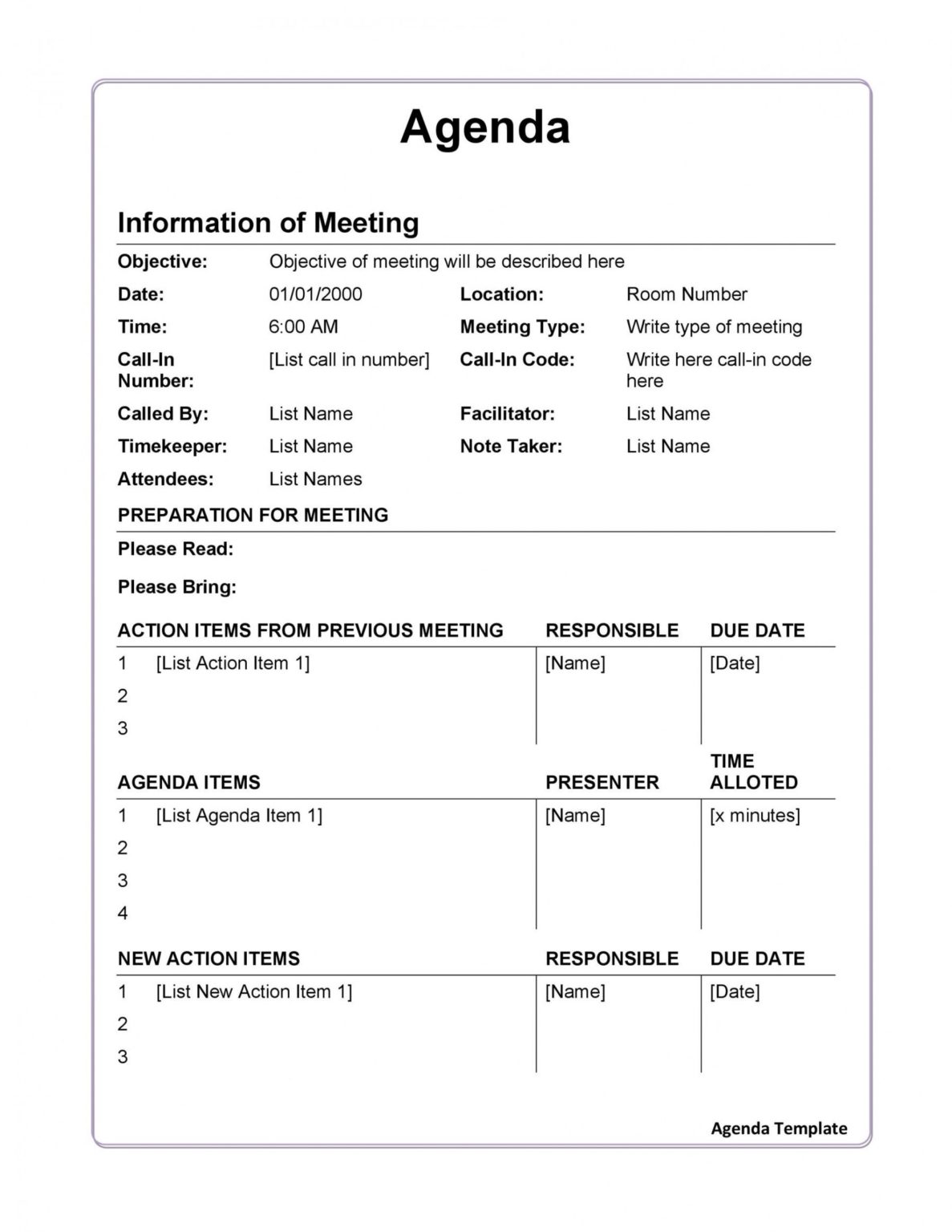

McCombs and Shaw demonstrated a strong correlation between one hundred Chapel Hill residents' thought on what was the most important election issue and what the local news media reported was the most important issue. Donald Lewis Shaw in a study on the 1968 presidential election deemed "the Chapel Hill study". The theory was formally developed by Maxwell McCombs and Donald Shaw in a study on the 1968 presidential election, which found a correlation between the issues covered by the media and the issues perceived as important by the public.Īgenda-setting theory was formally developed by Dr. The theory was first introduced by Walter Lippmann in the 1920s and further developed by Bernard Cohen in the 1960s. Agenda-setting has phases that need to be in a specific order in order for it to succeed. The evolution of agenda-setting and laissez-faire components of communication research encouraged a fast pace growth and expansion of these perspectives. The agenda-setting by media is driven by the media's bias on things such as politics, economy and culture, etc. Nations judged to be endowed with more political power receive higher media exposure. The study of agenda-setting describes the way media attempts to influence viewers, and establish a hierarchy of news prevalence. The theory suggests that the media has the ability to shape public opinion by determining what issues are given the most attention, and has been widely studied and applied to various forms of media.

( December 2022)Īgenda setting describes the "ability (of the news media) to influence the importance placed on the topics of the public agenda". The reason given is: Most of the article contents are not summarized in the lead. Please consider expanding the lead to provide an accessible overview of all important aspects of the article.
#SETTING AN AGENDA PRO#
👉 Pro tip: Take notes in Hypercontext so meeting minutes automatically get emailed to each participant after the meeting.This article's lead section may be too short to adequately summarize the key points. Minutes typically are a more formal meeting report, whereas notes refer to the shorthand, less formal documentation. At the end of the day, the most important thing is that you document the discussion. Remember: There’s a difference between meeting notes and minutes, which comes down to how we use them. An assessment of any discussion along with a real-time context.A detailed and accurate transcription of who said what.This is an important task, and effective note takers must make sure to note the following using clear, unambiguous writing: Generally, the secretary is tasked with keeping notes, but any team member will do. They allow you to avoid spending large portions of time reviewing old business at the beginning of your next meeting. In the best-case situation, board meeting notes help detail plans, track and trend toward business goals or OKRs, and serve as a reference point for board members going forward.ĭetailed meeting minutes also help reduce future meeting fatigue by having notes to refer back to. Recording board meeting minutes document the board’s decisions and help outline their reasoning. They’re critical to capture so that you can follow up, post-board meeting with a recap afterward. Meeting minutes help hold both company and board members accountable for next steps.
#SETTING AN AGENDA HOW TO#
How to take effective board meeting minutes

👉 Jump to our board meeting agenda template. This is especially crucial for board meetings that have longer periods between occurrences (such as a quarterly or yearly cadence), leading to more updates to cover in a short amount of time.


 0 kommentar(er)
0 kommentar(er)
